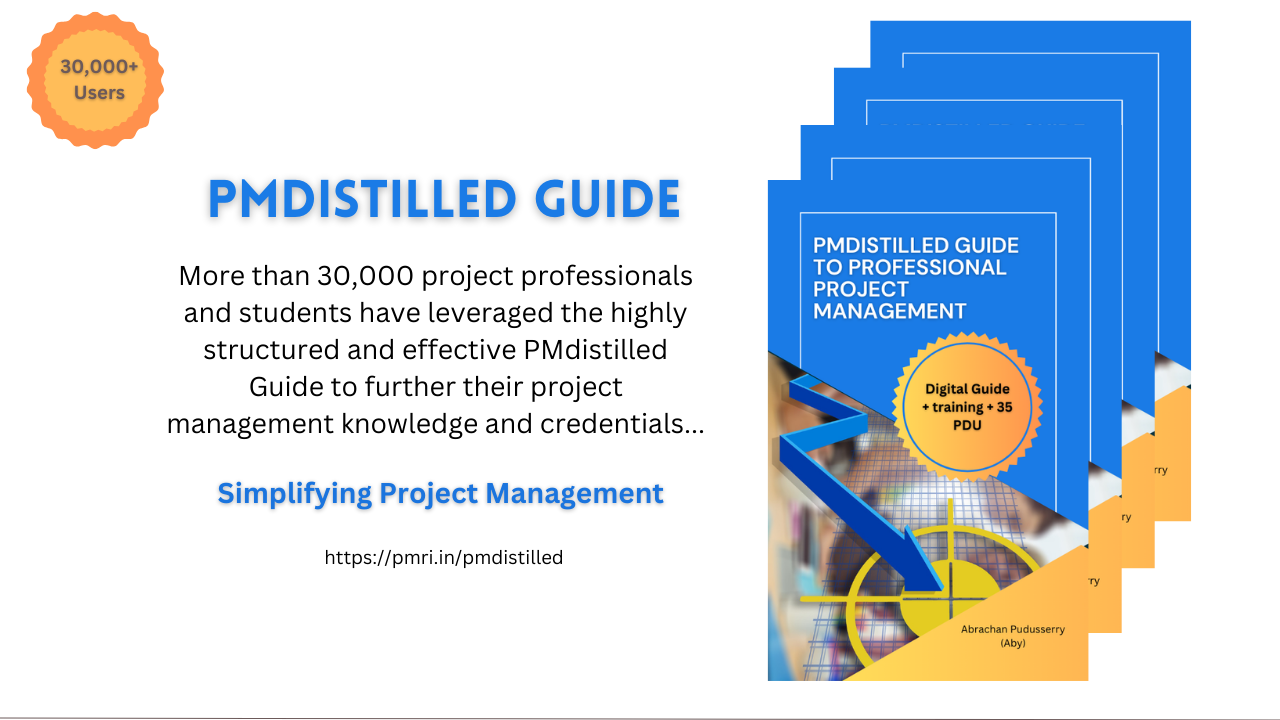Manage communications
Managing communications in projects is essential for ensuring effective collaboration, sharing of information, and alignment among team members, stakeholders, and other project participants. Here are some strategies and techniques for managing communications in projects:
- Communication Plan: Develop a comprehensive communication plan that outlines the communication objectives, stakeholders, channels, frequency, and protocols for project communication. The plan should specify how and when communication will occur, what information will be shared, and who is responsible for communication tasks.
- Stakeholder Analysis: Conduct a stakeholder analysis to identify key stakeholders involved in the project and determine their communication needs, preferences, and expectations. Tailor communication strategies and messages to address the unique needs of different stakeholder groups.
- Clear Objectives and Messages: Clearly define project objectives, milestones, deliverables, and expectations to ensure that all team members and stakeholders have a shared understanding of the project scope and goals. Use clear, concise, and consistent messaging to convey important information and updates.
- Effective Channels: Utilize a variety of communication channels and tools to reach different audiences and accommodate their preferences. This may include email, phone calls, meetings, video conferences, project management software, collaboration platforms, and social media channels.
- Regular Updates and Reporting: Provide regular updates and progress reports to keep stakeholders informed about project status, accomplishments, challenges, and next steps. Establish a regular cadence for reporting, such as weekly status meetings, monthly progress reports, or quarterly reviews.
- Two-Way Communication: Encourage open and transparent communication among team members and stakeholders. Create opportunities for feedback, questions, and discussions to ensure that concerns are addressed, ideas are shared, and decisions are made collaboratively.
- Active Listening: Practice active listening skills to ensure that all stakeholders feel heard and understood. Pay attention to verbal and nonverbal cues, ask clarifying questions, and demonstrate empathy and respect for diverse perspectives.
- Conflict Resolution: Develop strategies for managing conflicts and disagreements that may arise during project execution. Establish clear channels for resolving conflicts, such as escalation procedures or mediation sessions, and encourage constructive dialogue and problem-solving.
- Document Management: Establish protocols for document management, version control, and information sharing to ensure that project documents, files, and resources are organized, accessible, and up-to-date for all team members and stakeholders.
- Feedback and Improvement: Solicit feedback from team members and stakeholders on the effectiveness of communication strategies and processes. Use feedback to identify areas for improvement, refine communication practices, and enhance overall project communication.
- Change Management Communication: Effectively communicate changes to project scope, schedule, or requirements to minimize confusion and resistance among team members and stakeholders. Clearly communicate the rationale for changes, their impact, and any adjustments to project plans or expectations.
- Risk Communication: Proactively communicate project risks, uncertainties, and mitigation strategies to stakeholders to ensure that they are aware of potential threats to project success. Keep stakeholders informed about risk management activities, contingency plans, and any changes in risk exposure.

